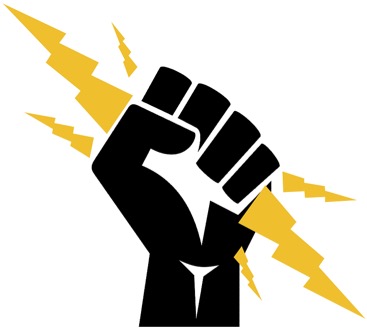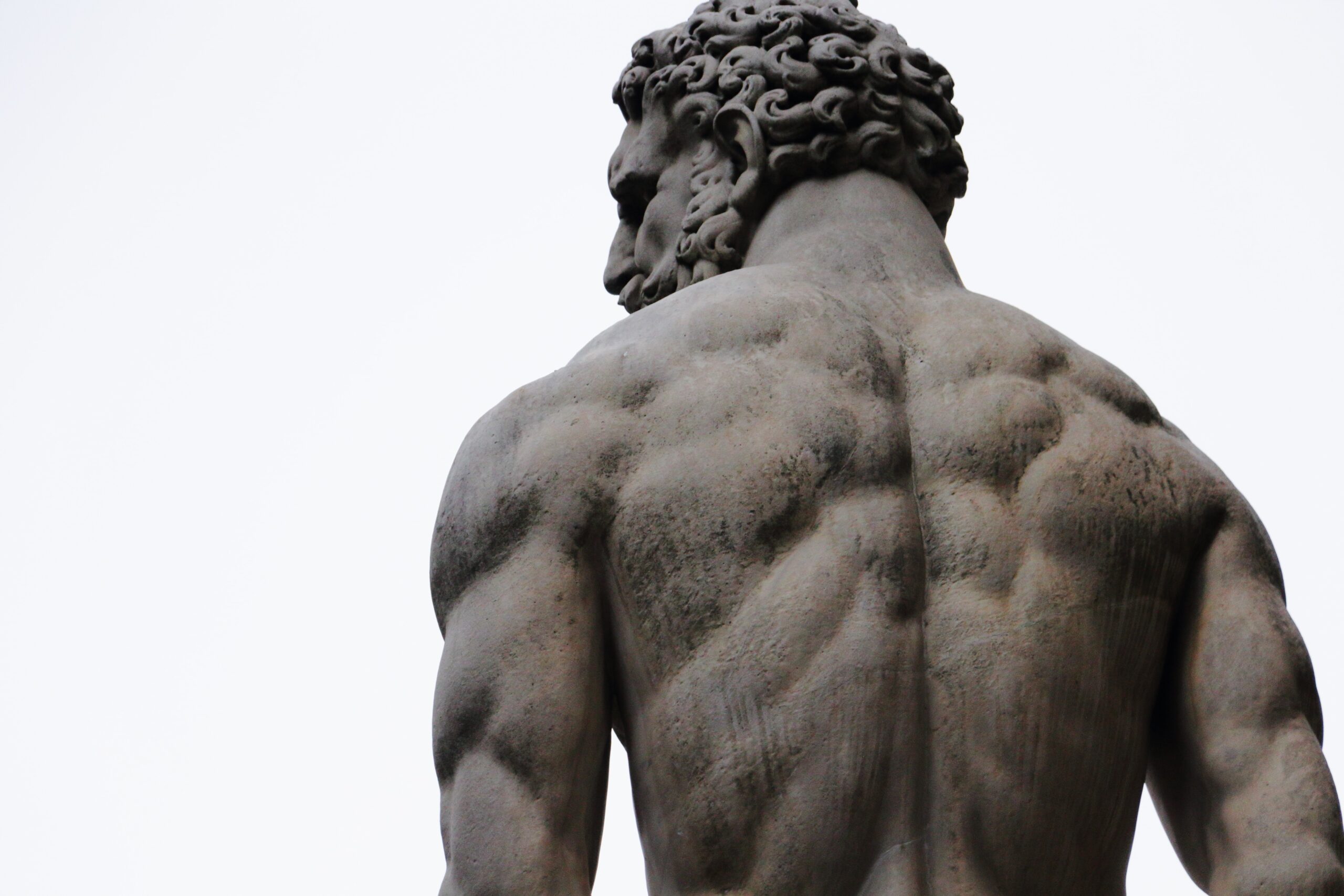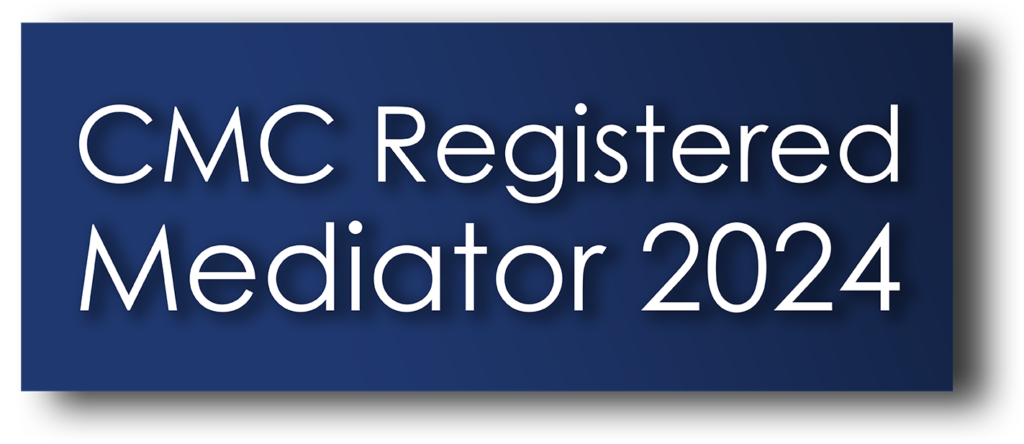Power Dynamics in Teams: how to build awareness
Power is a presence in every mediation, every team, every group. Merriam-Webster defines power as “a possession of control, authority, or influence over others.” Typically, in mediation training courses, we will discuss how we can manage a safe space for all parties to contribute, even when there are power imbalances in the room. What usually follows is an interesting discussion about the different sources of power that give us more or less power. But there is often a sense that power is intangible.
A recent group exercise in a regional office retreat that I was facilitating for a human rights charity has changed the way I think about power. And it took power from being slightly hard to pin down, to a real and tangible dynamic. The exercise forced us all to think about how we perceive our own power – and think that through in relation to those around us.
When I say it was a challenging exercise, I mean that it was the most difficult exercise I’ve participated in on a team event. It was an uncomfortable exercise for everyone. It was upsetting for some. It was also revealing.
It also highlighed that we can think about, not just how powerful we think we are and where that power comes from; but how we are going to use that power. What opportunities are there for me to use my own power to do something good?
What did we actually do?
We used the Perceptions of Power exercise from Rise to Power. In the exercise, I asked the group to arrange themselves in a single line.

So far so simple.
What order?
The ordering in the line needed to be from the person who felt that they had most power in the room to the person who expressed having the least power.
How do you gauge your power?
We asked the participants to do the exercise silently. The intention is to base the order on their own perception, which may not be the same as someone else’s opinion.
Is it just how we are at work?
Well, it’s not just the seniority of your position – that would be a reflection of official, recognised hierarchy. There are other aspects of power that are relevant to you as a whole.
What do we mean by ‘power’?
We considered six aspects of power, defined in “Teaching for Diversity and Social Justice Education”:
- Power over — the use of domination to act or produce an effect.
- Power with — the use of connection and cooperation to act or produce effect.
- Power within — the use of inner wisdom to act or produce effect.
- Personal Power — the use of individually unique characteristics and resources to act or produce an effect.
- Social power — the use of social identity to access resources and produce an effect.
- Empowerment — increasing individual or collective power by exposing the fallacies of “power over” and increasing our abilities to use “power with” and “power within.”
How did it work out?
We spent, perhaps, 15 minutes discussing what we were asking the group to do. We could have spent longer discussing it and responding to the challenges from the group. But one person stood up and then the group as a whole moved into a line. That was an interesting demonstration of the use of power already.
The process of arranging the single line took less than 30 seconds.
To say this was an uncomfortable exercise is a huge understatement. But, we were working with a group who had expressly agreed that they wanted to have uncomfortable and challenging conversations. We discussed in small groups after the line-up how it felt and whether it had prompted us to think differently about power.
What did we learn?
Rise identifies three takeaways for this exercise:
- There are multiple types of power
- We all have power in different forms and contexts
- Deciding how, when and why to use our power is important to reflect on

What was my main takeaway learning point?
From my experience, there’s another takeaway. I simply notice the presence and sources of power more than I did before. For the group I was working with, there was a noticeable shift in the subsequent discussions. There was a greater awareness of power as a tangible dynamic in the group, teams and projects. We shared a sense of mutuality: it really is on all of us to notice power. And to consider how, when and why we use whatever power we have individually. I’m looking for opportunities for empowerment.




